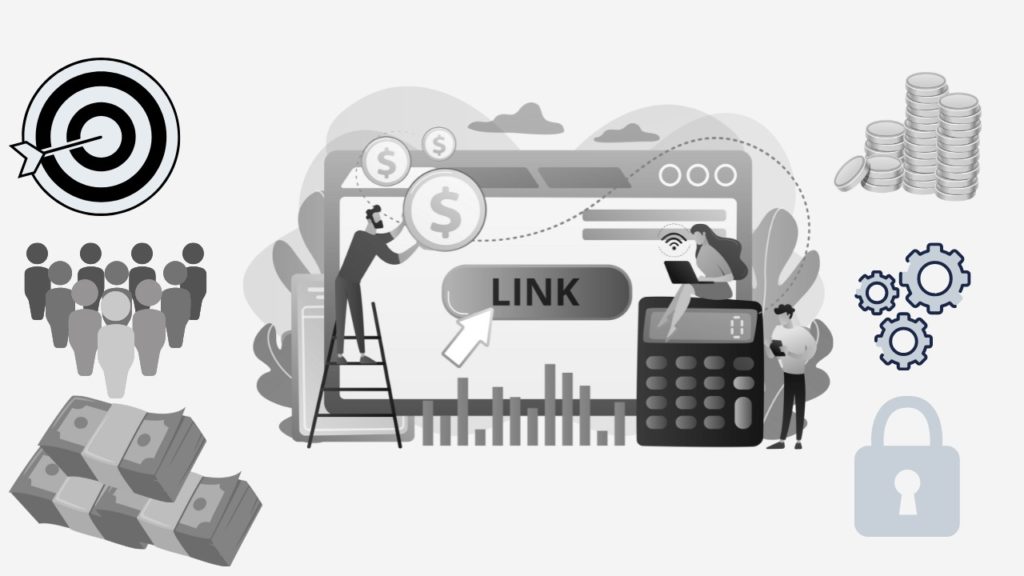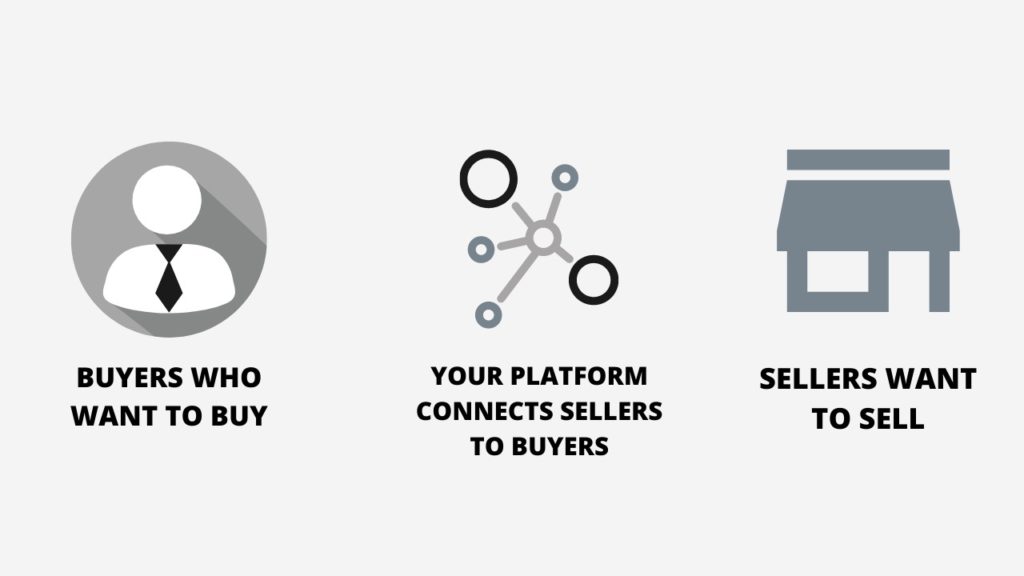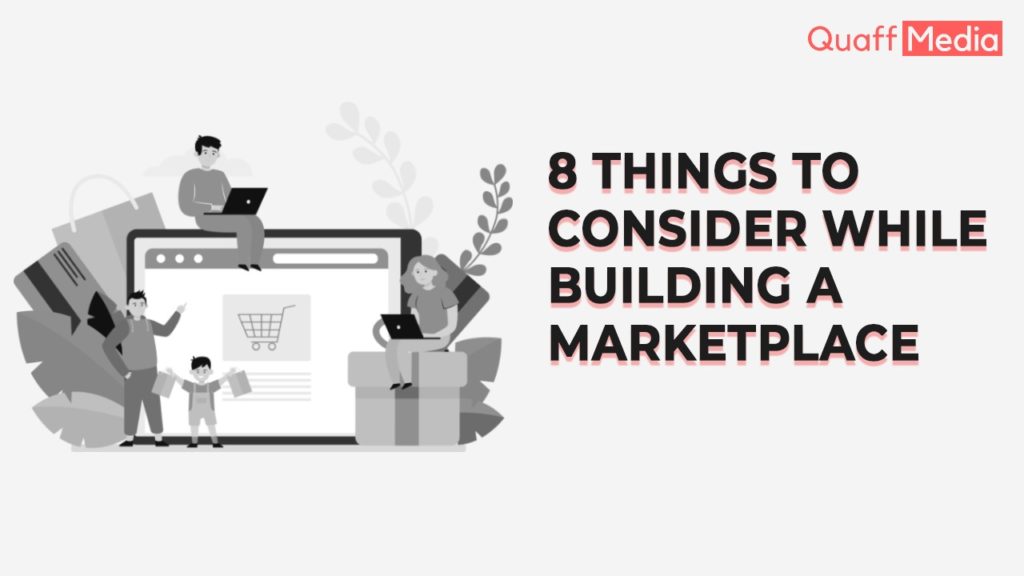Why do managed marketplaces matter?
In today’s business world, the hurdles to build a grown-up version of business are enormous. State- mandates business licensing includes a combination of education, exams, training, and fees to work in certain professions for more to-be entrepreneurs.
The share of people who need an occupational license has grown to more than 25% of the US workers. In 2003, more than 800 licensed occupations were in at least one state to the Council of State Governments. These occupations range from different sectors, salaries, ranges, and degrees of familiarity to consumers.
The growth in licensing represents an opportunity for marketplace startups. Supply-constrained marketplaces hold advantages because there’s a lot of demand. So if marketplaces can win the supply side, they can capture a lot of value in their favor.
So what should the navigators and the founders do to come up with solutions for such complex challenges? Where do the opportunities lie?
Why do managed marketplaces matter?
In the post co-authored with Andrew Chen, What’s Next for Marketplace Startups, how licensing of workers was more necessary during the pre-internet world was explained. The reason behind that is that licenses have established consumer trust by knowledge required to perform tasks. Digital platforms help ease the necessities for licensing by establishing trust and ensuring quality through other means.
“Managed marketplaces” models are often helpful in the establishment of user trust. They help intermediate parts of the service delivery and automate matching demand and supply. The importance of trusted labor becomes even more necessary as the marketplace safety demand continues to rise. In childcare, as an example, people don’t only want to see an inventory of all possible caregivers. They want to understand with certainty that the providers they’re hiring are trustworthy and qualified.
And alongside doing so, they promote entrepreneurship and alleviate supply constraints.
Some are more suited for digital marketplaces because not all of the marketplaces are equal. Hence each industry has its strategic points and entry levels.
Regulated services marketplaces: factors to consider

Some are unique to categories that involve regulation other than the traditional lenses we evaluate all marketplace businesses. And the sooner the operators think thoroughly about this and address these factors, the better is their company bound to build up.
Factors that are needed to while assessment of opportunities for new marketplaces include:
→ Risk of unlicensed supply downside
→ The burden of licensing requirements
→ Industry satisfaction in existence
→ Lowering prices opportunity
→ Market size
→ Latent demand
→ Unutilized assets to unlock supplies
→ Tailwinds around regulatory reforms
The framework provided below is only the starting point for opportunity evaluation for regulated services marketplaces. Adding to the opportunities from state occupational licensing, their area also other forms of regulation. These include other means of restricting businesses as zoning and permitting at the federal and local levels.
Risks of unlicensed supply and consumer acceptance
For some occupations, licensing is very necessary as there is a chance of an acute threat to public health and safety. For example, it might be comfortable for a few customers to consult and get their surgeries done by an unlicensed doctor. In cases like these, it makes more sense to have a marketplace that makes finding and accessibility of licensed suppliers easier.
But for other services, licensing burdens can help to outweigh such risks for adverse health and safety because they are minimal — like tour guides, florists, etc.
The benefits of licensing and consumer attitudes are necessary for designing the right approach in the marketplace. Of course, consumer perceptions are unfixed. For instance, it was not acceptable to many people that users would want to sleep in strangers’ homes. But today, companies that made this possible are now a lot valuable.
For example, take an online platform that gives online employment to the teachers who are willing to teach even though they are unlicensed. Unlicensed teachers may be a potential risk for sensitive information and safety issues. So to ensure the consumers are quality assured, the teachers go through various background checks and an application process. Once approved, they are liable to teach by which marketplace can scale on the teacher side.
Here the critical considerations are the benefits of licensing, the degree of associated risk with unlicensed services, and how customers perceive the licensing system.
Licensing requirements: The challenge
Every profession has different ways and licensing requirements, whether in training, testing, education, or fees. More the burdening the licensing requirements, the higher the chances of the barriers forming for aspiring people entering that particular industry which means greater would be the potential opportunity for marketplace companies to seek more supply in the industry.
In such industries, some marketplaces create more supply by providing education and support for getting licensed. Marketplaces startups can hence grow more quickly by establishing their source of supply.
Suppose there is a marketplace that focuses on appliance repair and smart home installation. Also, it has an online academy that works to trains workers to be appliance technicians. Here because the supply-constrained dynamics were involved, the company also included an academy for increased supply.
Consider another chain of nail salons that operates an online education platform as well for manicurists.
Another one to consider is education space that helps educators and childcare providers go above and beyond the licensing requirements necessary for launching their in-home childcare programs and operating them accordingly.
Industry satisfaction and NPS
Industries with low NPS (Net Promoter Score) and entailing licenses are bound to go disrupted sooner or later due to consumer dissatisfaction with the status quo. Companies offering step function improvement win more favor from the masses and potentially create their path to regulatory change.
Let there be a new taxi company that offers its customers the required services with the best interests. This way NPS value is about 34 while the traditional taxi companies have the same score in negative. Here the new company is going to garner widespread user support.
Another example to reconsider is a home insurance company where company A uses a tech-driven approach to offer better policies at affordable prices. This company supposedly gets a 71 NPS score while the legacy carriers are stuck at 21. Hence aiming to create a better user experience is what makes the NPS score skyrocket a services marketplace.

Opening doors for lower prices
If there is an existing service with high prices, startups compete to offer a compelling value to the consumers. So an opportunity to lower the cost from the preexisting licensed supply model is created.
For instance, many startups democratize access to mental health treatment by broadening the spectrum of such service providers. Traditionally, therapy is an expensive service to offer. So by making use of trained yet unlicensed providers, startups can reduce prices and expand the addressable market size. These solutions can be of help to widen the market to new customers.
Market size: How large and widespread is today’s market?
For regulated industries, they have to consider states that allow licensing and how many providers are there. The more the existing market, the greater audience that benefits from the marketplace of transparency and accessibility between supply and demand.
Latent demand: How large could the industry be?
Latent demand refers to the potential size of the marketplace.
In the earlier times of ride-sharing and home renting, many investors thought that since the market requirement was small, it might not be a good investment in companies like Uber and Airbnb. But their marketplace skyrocketed due to the increased demand for such services. The main reason for this was the lowered price and convenience of customers. In other words, there was a lot of latent demand that helped to end up making the market size much more than expected.
Measurement of latent demand is tricky but can be calculated approximately by running a service test to understand consumer demand elasticity.
Availability of underutilized assets to unlock supply
Another compelling aspect for potential marketplaces is the availability of those underutilized assets for new supplies to be unlocked. For example, Airbnb enabled homeowners to rent out spare rooms, which helped to skyrocket the space of available vacation rentals. So supplies through making the underutilized assets available can help to gain greater access with lower prices.
Some potential examples of underutilized assets are:
→ Hipcamp is forming an inventory that differentiates the marketplace from a consumer perspective while also paving a path for landowners to monetize their land. They aim for a marketplace that enables users to book private land versus many national or state parks.
→ AirGarage enabled lower prices and convenience to consumers and incremental earnings to businesses and other organizations by unlocking the underutilized asset of a managed marketplace for parking vehicles, by making the parking lots owned by churches, small businesses, and schools available for customer booking.
Tailwinds around regulatory reform
It gives them a liable key to enter the market as well. According to the 2012-17 stats, the average state increased the burden and breadth of licensing by about 4%. On the other hand, ten states have made reductions in the same.
Some examples here include the following:
In hair and beauty-based states like Arizona, eyebrow threaders did not need an occupational license in 2011. They also exempted the makeup artists from a cosmetology license in 2015 helped open the market supply in labor.
All such steps mean that providers can easily give their services while consumers are free to navigate and transact in the market.
Where are the opportunities?
Below are given the opportunities in regulated industries where there has been innovation has in recent years:
Cottage foods
Online platforms like cooking come to our mind whenever we think about the ones that help to empower people to make use of their passions and unique skills. Startups enabling home chefs and cottage food producers without any requirement in the market can slowly achieve their goal.
Because home kitchens are most likely left unused for most days to match the hungry consumers with home cooks, an opportunity for the company and the home cooks to earn money. Home cooks are different because they can offer food variety at competitive prices, unlike the restaurants for real estate space.
Telemedicine and blended service delivery
It’s known that the highest percentage of workers with professional licenses are healthcare practitioners. So new telemedicine platforms are providing cheaper and high-quality interactions between doctors and patients. It has helped to make such interactions remote and more accessible.
Home Services & skilled trades
A lot of skilled trade have licensing necessities at the state or local level.
Many of such service verticals experience worker shortage due to several factors like social stigma against trade schools, increasing pressure for college degrees, and white-collar work as a better path for achieving success, and a lot more.
And so many education and career placement startups address worker shortages in the tech industry. So an opportunity for marketplaces in supply-constrained service verticals into training the workers new to this is opened.
Cosmetology
A cosmetologist provides beauty services like shampooing, cutting, coloring, and styling hair, by applying makeup and skin and nail services. Everything that comes under beauty care and skincare is what a cosmetologist does. However, to work as one, all the 50 states and DC demand a license.
The effect of this is that most of the professional makeup or hair-care is for some rare and special occasions. And we are openly interested in discussing ways to fundamentally change the supply model so that such services can be rendered accessible to all.
We would love to discuss any founder-building marketplaces here!

